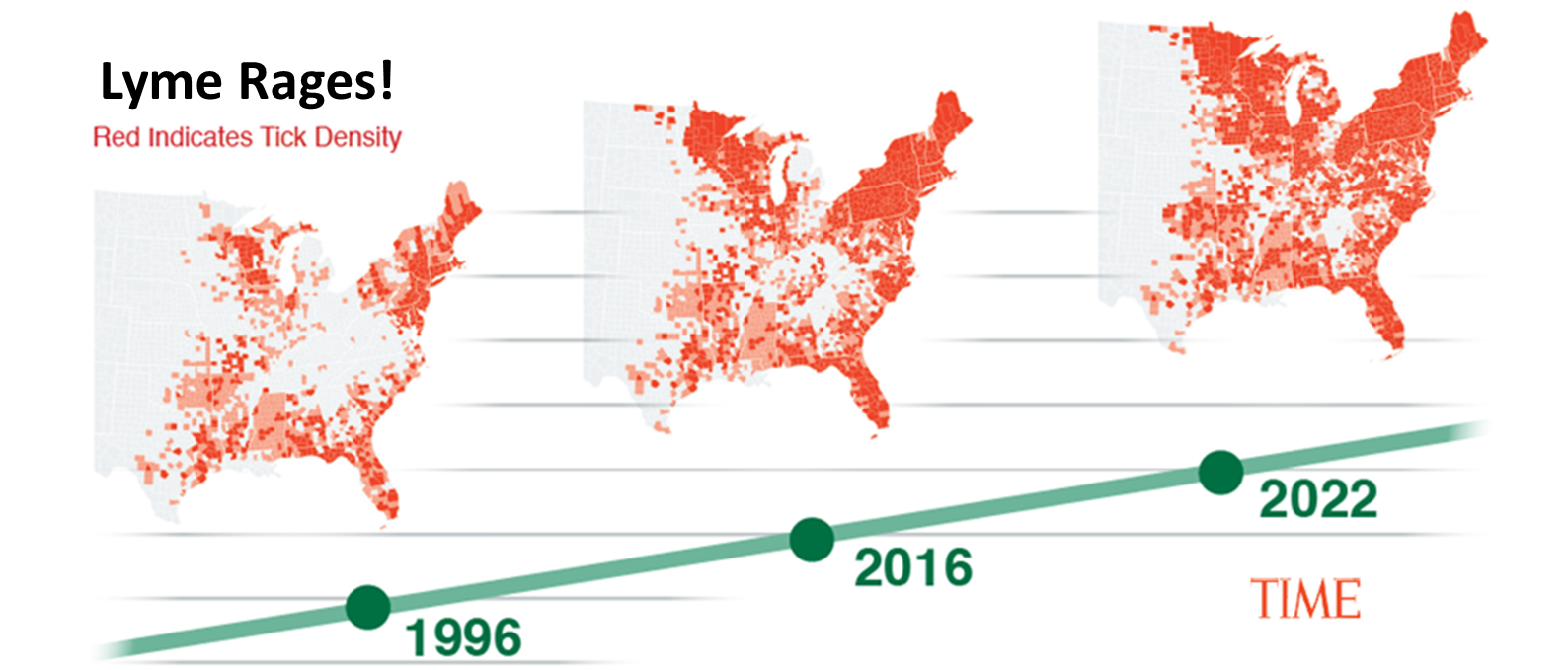KNOW WHERE YOU STAND: Capital Sourcing Peer Group Analysis & Benchmarking

By Richard Miller
Understanding the competitive environment is a key component of developing a successful strategy when a company is undertaking a new line of business or launching a new product – and it plays an equally important role when a company is seeking to raise capital. In a competitive market, the company needs to stand out among its competitors.
As we’ve written previously, the right preparation can help capital seekers understand key terms and how capital providers value companies and achieve maximum valuation. This process begins with understanding the competitive environment. The following are key considerations in assessing the competitive landscape:
| Step | Considerations |
| Select suitable peers | Conducting a competitive analysis begins with identifying comparable companies. The selection is typically based on industry, size and current markets, although it can be helpful to include larger companies as well – in part because information may be more widely available and because it may help provide an understanding of industry best practices. |
| Identify Competitive Advantages | Understand comparative investment processes, barriers to entry, proprietary technology/patents, and people (leadership team, expertise, prior results, etc.) that can help set your opportunity apart. |
| Understand Positioning | Evaluate the positioning of comparable competitors, including identifying “table stakes” messaging that is common practice across the peer group as well as assessing whether distinctive messaging that is not widely used is a provocative differentiator or a potential deterrent for capital providers. |
| Terms and Structure | As we’ve written in the article MAXIMIZE VALUATION: Drivers of Capital Sourcing Success, maximum valuation is a combination of understanding capital market comparables. competitive peer analysis, and market terms and structure. |
| Assess Collateral and Support | Conduct a comprehensive comparison of review of the collateral, including teasers, fact sheets, presentations, and other materials from leading competitors to identify most common format, key content elements, and data points. |
Just as investors compare multiple opportunities to identify which they believe to be the most attractive, companies can use a similar approach to ensure that they are putting their best foot forward to stand out from the crowd leading to a successful capital raise.



